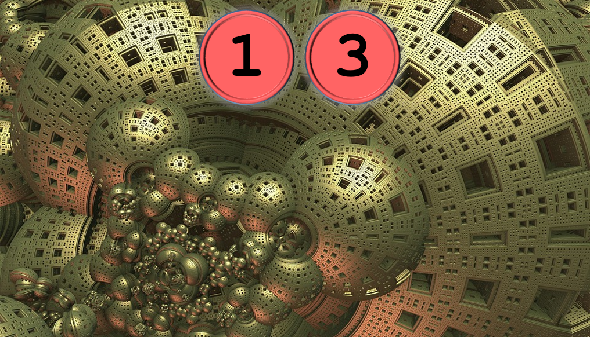The DCT challenge was solved.
It turned out that George had learned about the DCT challenge in a video that shows Craig Bauer talking about unsolved cryptograms. He spent months trying to solve it. He developed new methods to attack a DCT cryptogram, and in the end, he even found two different ways to break the challenge. He published a detailed description of his success in Cryptologia.
When an article I wrote about the DCT challenge for Focus Online was read by Israeli journalists, George became almost a media star in his home country. He even was invited to a TV show.
Meanwhile, George and I are friends. I still feel sorry that I let him wait for three weeks before I confirmed his success.
DCT reloaded challenge
Now that the DCT challenge was solved, Arno Wacker, Bernhard Esslinger (both involved in MTC3) and I decided to create a new (and even harder) successor. In fact, we created even three new challenges. The most difficult one is titled “DCT Reloaded 3”. Here are the basic facts about it:
- Both key words have a length of 27-34 characters.
- Both key words are chosen randomly.
- The plaintext is in German.
- The plaintext was written by ourselves, not taken from an internet source (in fact, Jim Gillogly, another well-known codebreaker, had shown that the first DCT challenge could be broken by searching the internet for a text of the same length containing the same letters).
Here’s the ciphertext of the “DCT Reloaded 3” challenge:
There’s no doubt that this challenge is an extremely hard one. I expect that it will never be solved. However, I said the same about the first DCT challenge. And I was wrong.
Follow @KlausSchmeh
Further reading: The Top 50 unsolved encrypted messages: 45. The World Record Challenge
Linkedin: https://www.linkedin.com/groups/13501820
Facebook: https://www.facebook.com/groups/763282653806483/



Kommentare (11)